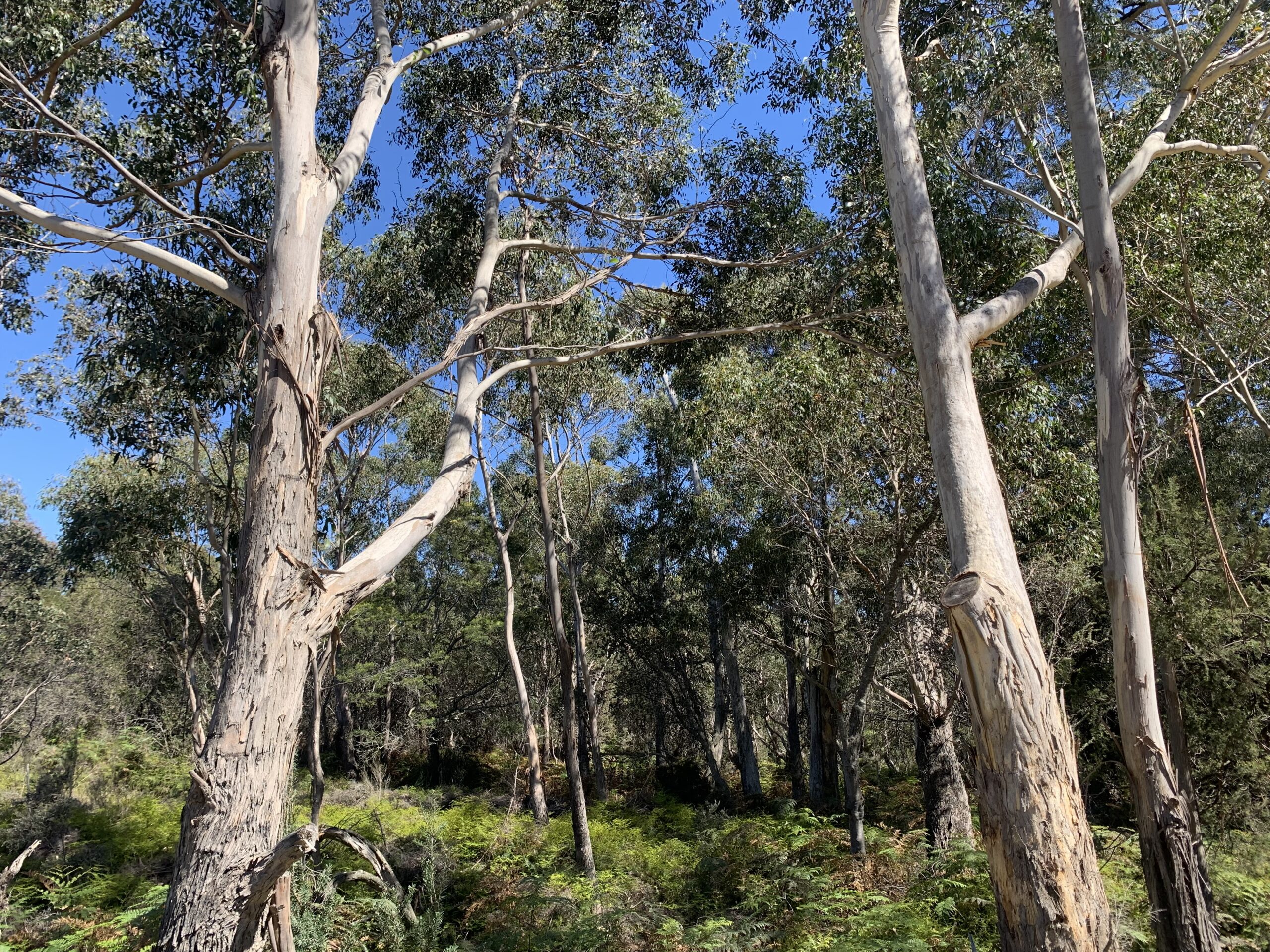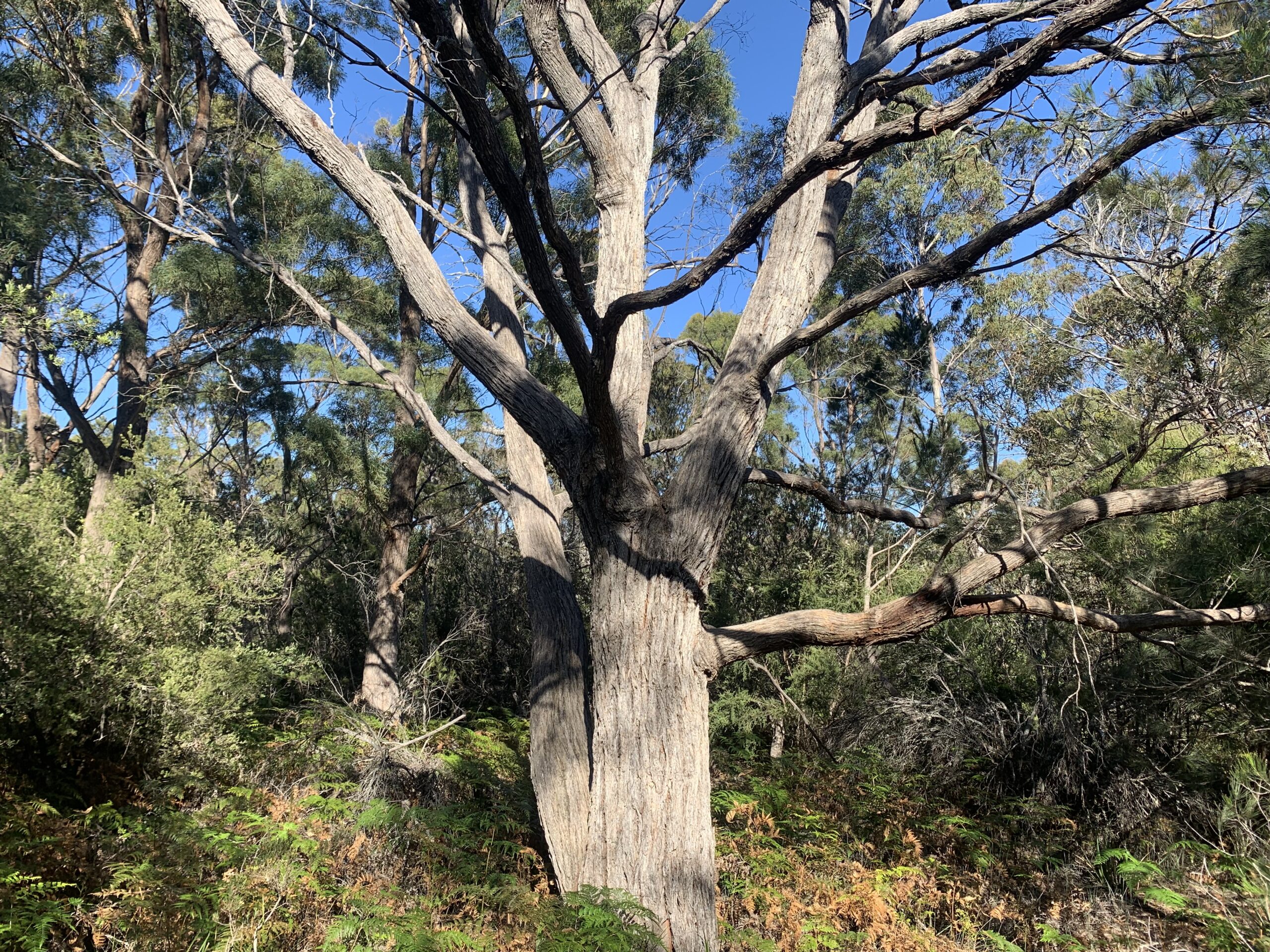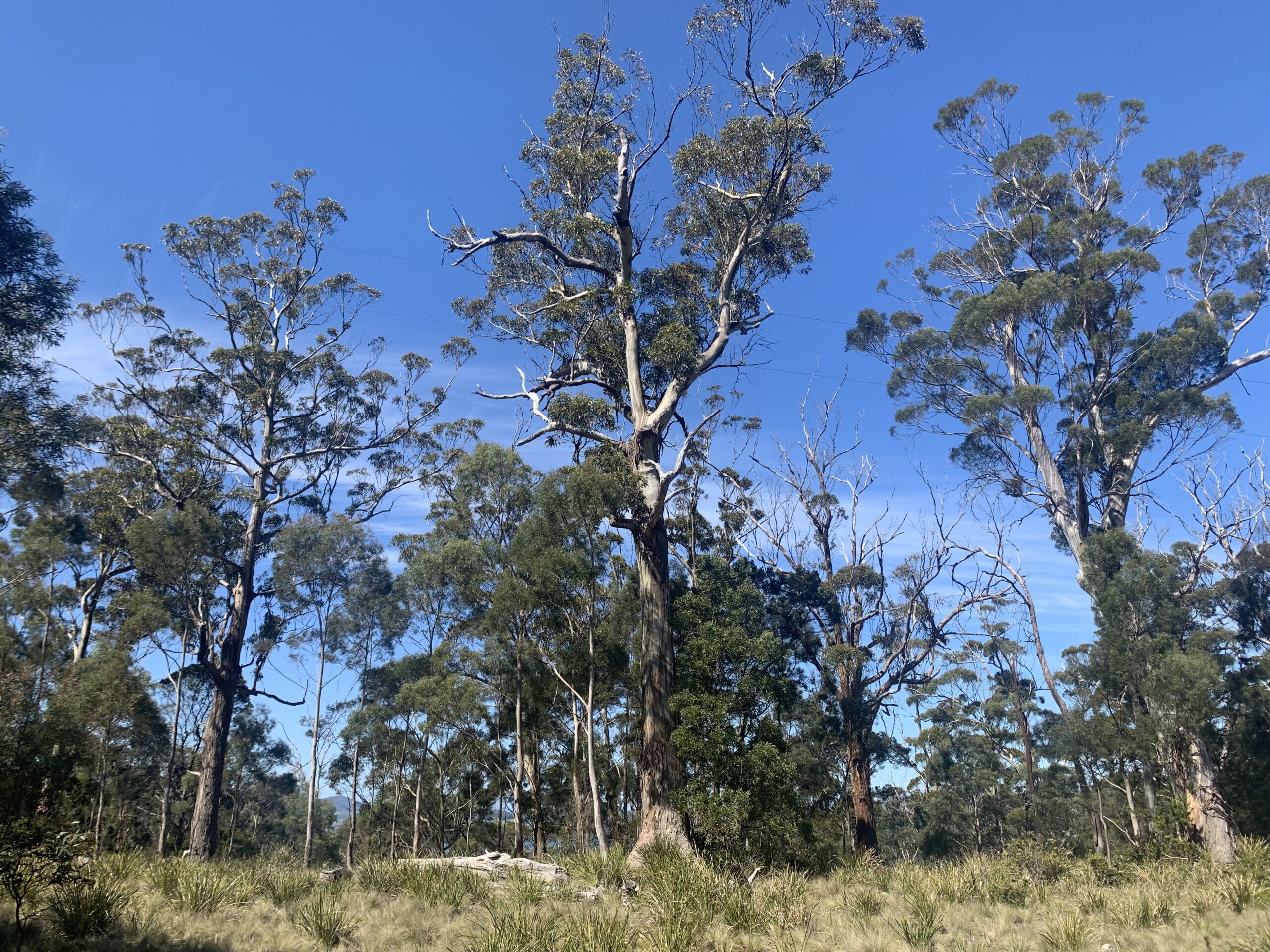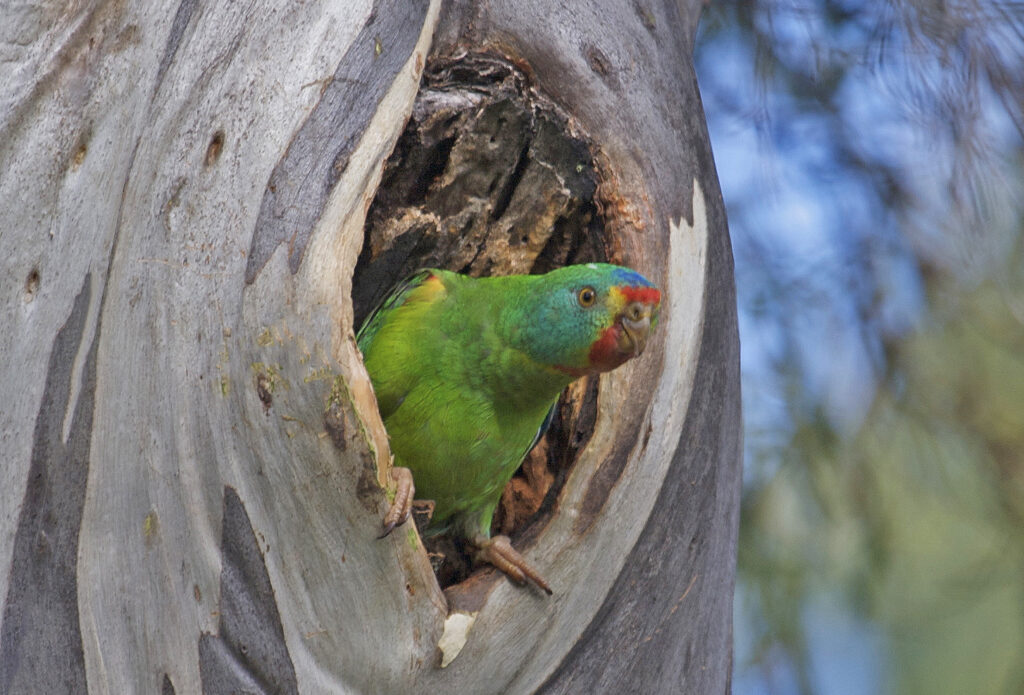Access to high quality habitat is key to the survival and recovery of the rare and threatened Swift Parrot. However, not just any habitat will do. Swift Parrots migrate from the mainland to Tasmania every spring for their breeding season, and when it comes to food and nesting sites – they have very specific requirements. Swift Parrots are not the kind of bird to build a nest, and instead rely on tree hollows that need to be the right size and height. And these hollows need to be relatively close to their food source – nectar from Tasmanian blue gum and black gum flowers.
Tree hollows are in high demand for many of our tree-dwelling species. Various species of birds and marsupials make their home in tree hollows, with different preferences for size, shape and how high they are off the ground. But good hollows are in short supply. They take a long time to form (the best hollow-bearing trees are at least 150 years old) and are a feature of mature stands of gum forest.
This is why protecting forests that are classed as good quality habitat for Swift Parrots is important in making sure there are enough tree hollows to go around. An extra factor to consider is that Swift Parrots don’t always nest in the same areas every year. They select nesting sites based on the flowering activity of Tasmanian blue and black gums, which varies year to year. So protecting good habitat at a range of sites is an important step in their conservation.

NRM South is addressing this challenge through the establishment of conservation covenants to protect high-value Swift Parrot habitat on private land. Two covenant sites have already been established, covering 122 hectares while work on the establishment of new covenants is progressing well. These new covenants will add 83 ha to Tasmanian Reserve Estate, including over 23.5 ha of foraging habitat and more than 30 ha of nesting habitat.
If you’d like to find out more about nesting hollows, their importance and how to make sure we can manage our landscapes to benefit hollow-bearing trees, take a look at this brochure produced by Kingborough Council. https://www.kingborough.tas.gov.au/wp-content/uploads/2019/09/Tree-Hollows-brochure.pdf
This work is being delivered by the Tasmanian Land Conservancy through NRM South’s Protecting the breeding population of Swift Parrots project. This project is supported by NRM South with funding through the Australian Government’s National Landcare Program and the Department of Natural Resources and Environment Tasmania.


